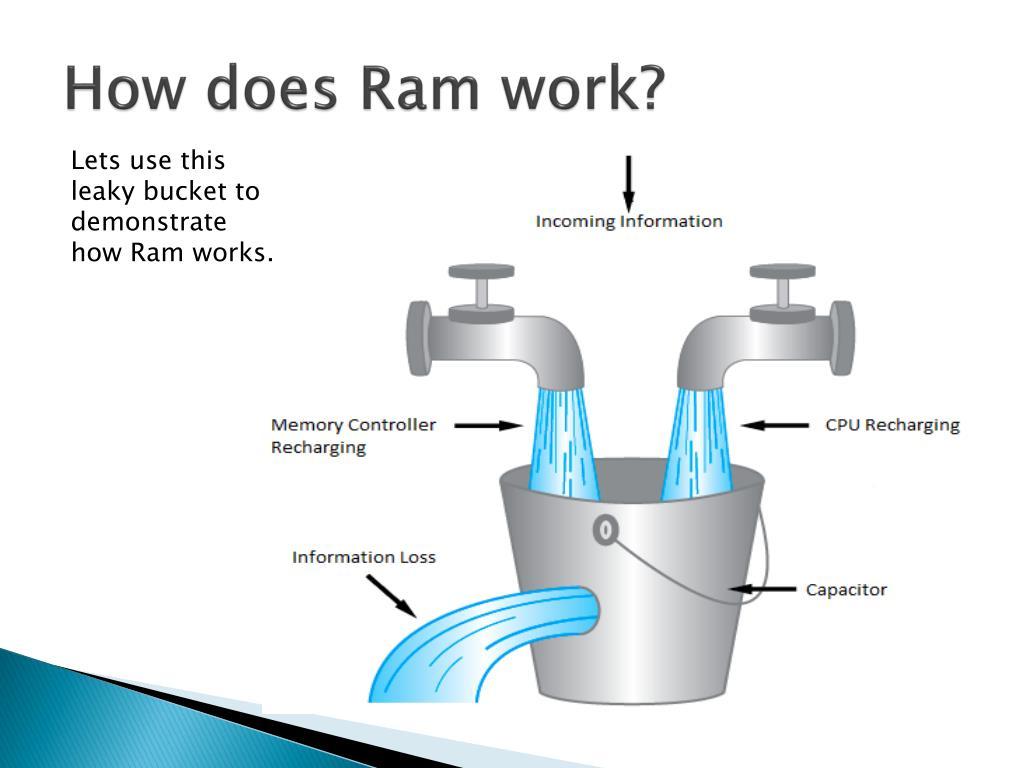
Computer memory, specifically Dynamic Random Access Memory (DRAM), is a fundamental component in modern computing devices. Understanding how DRAM works is crucial for anyone interested in computer science or technology. In this article, we’ll delve into the intricacies of DRAM, explaining its functionality, structure, and importance in computing systems.

What is DRAM? Dynamic Random Access Memory (DRAM) is a type of volatile semiconductor memory that stores data and machine code currently being used or processed by a computer’s CPU. Unlike other forms of memory such as ROM (Read-Only Memory) or flash memory, DRAM requires power to retain stored information. This characteristic makes DRAM suitable for use as the main memory (RAM) in computers, where data needs to be quickly accessed and modified.
How Does DRAM Work? At its core, DRAM operates by storing data in a matrix of capacitors, each capacitor representing a single bit of information. These capacitors are arranged in rows and columns, forming a grid-like structure. The intersection of a row and column, known as a cell, stores one bit of data.
When the CPU needs to read or write data to memory, it sends signals to the DRAM controller indicating the specific row and column address of the desired memory cell. The DRAM controller activates the corresponding row by applying a voltage to its associated word line. This action causes the capacitors in that row to release their stored charge onto bit lines, which are then sensed by sense amplifiers.
Reading from DRAM: To read data from a specific memory cell, the sense amplifiers detect the charge on the corresponding bit line. If the charge is above a certain threshold, it indicates a logic “1,” while a lower charge represents a logic “0.” The sensed data is then amplified and sent back to the CPU for processing.
Writing to DRAM: When the CPU needs to write data to a memory cell, the DRAM controller follows a similar process. It activates the appropriate row and column, and then the CPU applies a voltage to the bit line, either charging or discharging the capacitor based on the desired data value.
Refreshing: One unique aspect of DRAM is its need for periodic refreshing. Due to the nature of capacitors, they gradually lose their charge over time, leading to data degradation. To prevent this, DRAM controllers continuously refresh the memory cells by reading and then immediately rewriting the data back, a process known as “refreshing.”
Importance of DRAM in Computing: DRAM plays a crucial role in computer systems by providing fast, temporary storage for data and program instructions. It serves as the main working memory for the CPU, allowing for quick access and manipulation of data during program execution. Without an adequate amount of DRAM, a computer’s performance could suffer significantly, leading to slower response times and decreased overall efficiency.
Conclusion: Dynamic Random Access Memory (DRAM) is a vital component of modern computing, serving as the primary form of volatile memory in computers. Its ability to quickly store and retrieve data makes it indispensable for various computing tasks. By understanding how DRAM works, individuals can gain insight into the inner workings of computers and appreciate the complexity behind their everyday technology.


Leave a Reply